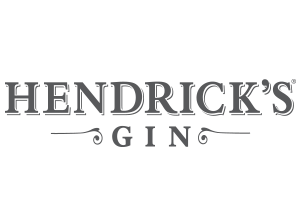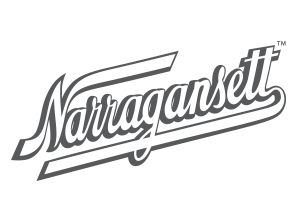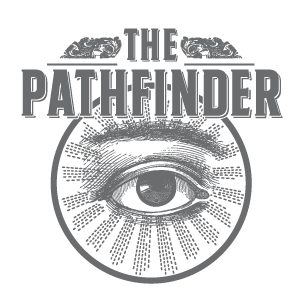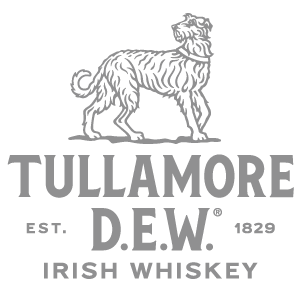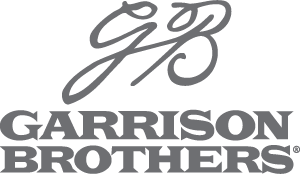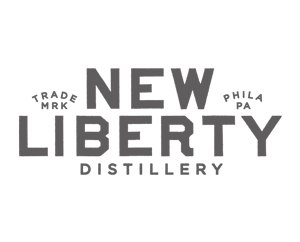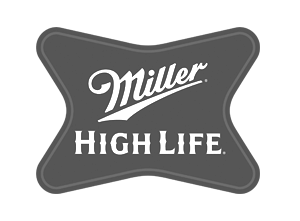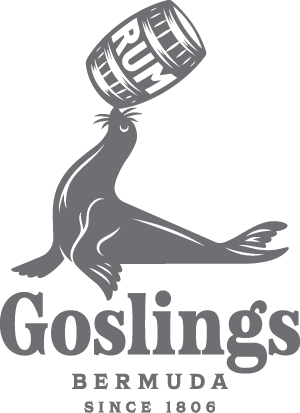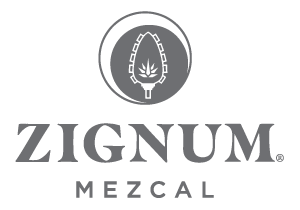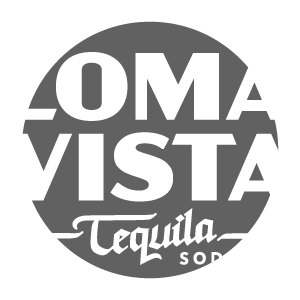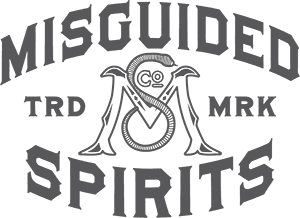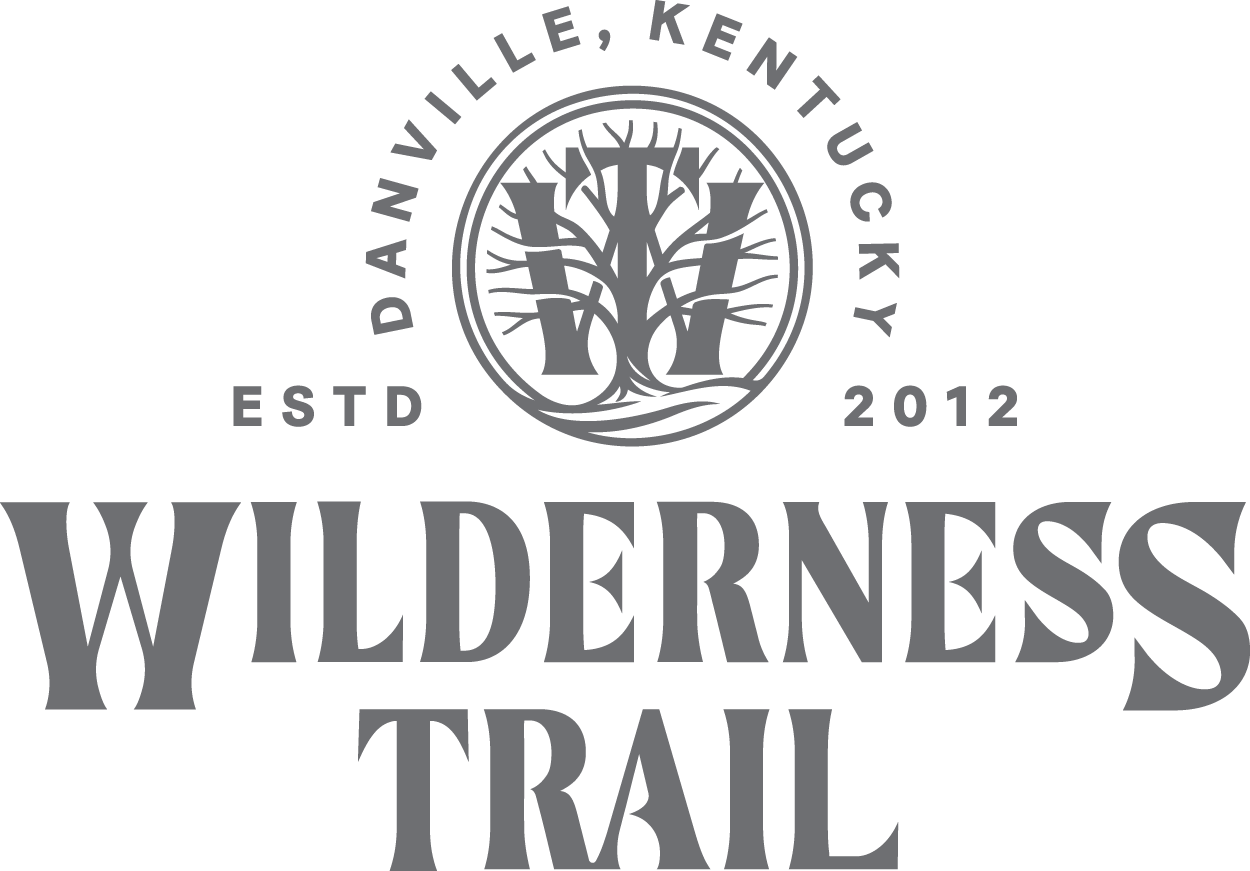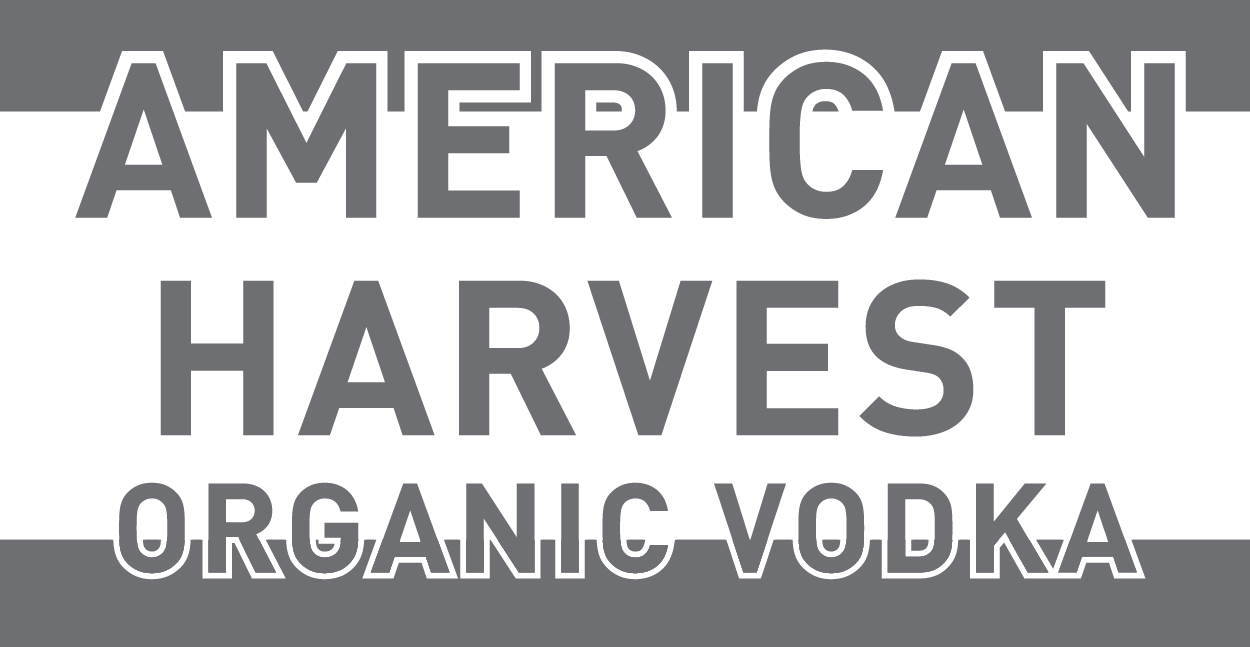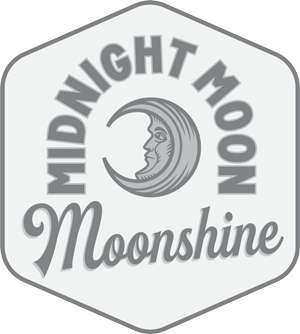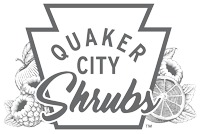Published on February 28, 2022
Every day, Kentucky cattle farmers drive massive tanker trucks to Bardstown Bourbon Co. to pick up some 107,000 gallons of spent grains. A byproduct of the distilling process, these sticky, wet grains are highly nutritious feed for cattle and, aside from the cost to drive to and from the distillery, free.
The 20 or so farmers who work with the distillery provide a valuable service by taking this spent grain, called “thick stillage,” off its hands.
Though essential to spirits, once grains make their way through mash, fermentation and distillation, they’re a cumbersome waste product. Many distillers and brewers forge partnerships with local businesses and farmers to put it back into the food supply. The grains are nutritious for hogs, poultry, fish and, when baked into a loaf of bread, people.
“In thick stillage, there’s protein, it’s a great energy source, there’s lots of minerals in it, it’s high in fat and has minimal fiber. It’s great for cattle,” says John Hargrove, chief operating officer of Bardstown. The producer has worked with area farmers since 2014, when it began operations as both a brand and contract distillery.
“It takes about 15 minutes to fill a 6,000-gallon truck up,” says Hargrove. “We designed it so the farmers could get in and out and get back to their farms, or come back as necessary. It’s a very user-friendly system.”
How to navigate spent grain removal was not so easy.
“When we first got into business, learning how to deal with the waste was a major learning curve,” says David Grasse, director of operations at Tamworth Distilling in Tamworth, New Hampshire. “You would think that it being an organic material, like corn, that it couldn’t hurt anybody, but because it’s very acidic and has high chemical oxygen demand and bio-oxygen demand, you just can’t run it into a septic system.”
“We want to be able to tell a good story to our customers…having the ability to say that it’s helping a local farmer and that we’re working with a local bakery is a great story. And it’s a great use of a waste product.” –David Grasse, director of operations. Tamworth Distilling
Even in cities with significant wastewater treatment infrastructure, the explosion of craft distilleries has shown that even those facilities can’t process the material, says Grasse. “Farmers and breweries have to find ways to get rid of it, and it can pile up quickly when you’re making new 300-gallon batches every day.”
Bruce Joseph, head distiller at Hotaling & Co. is also familiar with these challenges. Formerly known as Anchor Distilling, Hotaling makes Old Potrero Rye Whiskey and Junipero Gin. Its location in the heart of San Francisco has created another unique hurdle.
“Spent grains have value, but when you’re a brewery or distillery in an urban area, you have to get it to someone who can use it,” says Joseph. “In the past year or two, the FDA was making noise about starting to regulate the spent grains, and the brewing industry raised hell. If you can’t get someone to take the spent grain, it kind of shuts down your operation.”
Hotaling has plans to relocate its operations following Anchor Brewing’s acquisition by Sapporo in 2017. When that happens, Joseph says it has to devise a new disposal system. Currently, the distillery’s spent grains are lumped in with those from Anchor Brewing, which has a contract with Vieira Dairy Farm in Atwater, California.
Joseph says the farm helped fund a silo that holds eight brews worth of grain. A driver stops by the warehouse six times a week to deliver grain back to hungry dairy cows.

Creating Hyper-Local Systems
Such partnerships between distiller and farmer can be more beneficial than just waste removal.
“Rather than going into landfill, the grains are sent to the neighboring farm where they are used as cattle feed, while the liquids coming out of the [spent grain] go back into the farm’s irrigation system to balance the pH of the soil,” says Colby Frey, of Frey Ranch Estate Distillery in Fallon, Nevada. “In exchange for these spent grains, the farm next door provides Frey Ranch with manure—nature’s fertilizer—supporting a hyper-local ecosystem between the two properties.”
Similarly, Tamworth has found plenty of ways to ensure its community benefits. Most of its grain byproduct goes to White Gates Farm, which raises cattle, hogs and chickens, and also grows a variety of vegetables.
“What doesn’t get used by the cattle for feed can also be used to make a really good compost,” says Grasse.
When the distillery opened in 2015, it pursued a partnership with Sunnyfield Brick Oven Bakery.
“I don’t think that I’m making a huge difference…because I’m a very small bakery. But I imagine if Wonder Bread or Dave’s Killer Bread started putting mash in their bread, it would make a huge difference.” –Peg Loughran, owner, Sunnyfield Brick Oven Bakery
“We want to be able to tell a good story to our customers about our spirits, and having the ability to say that it’s helping a local farmer and that we’re working with a local bakery is a great story,” says Grasse. “And it’s a great use of a waste product.”
Bakery owner Peg Loughran opened Sunnyfield in 2007. She sought grains from a nearby brewery to bake into her breads, but it didn’t work out.
“The trouble with it was that it had too much fiber that we can’t digest,” says Loughran. “It really depends which grain it is. Some grains have a softer hull than others.”

She found success with Tamworth’s corn-based Bourbon mash. It’s now the key ingredient in her sourdough-like Distillers Bread, which she says helps give it structure. She’s also put it to work in her French loaf and pizza dough.
“The distillers loaf, in particular, has a lower percentage of sourdough starter because the mash is giving it that extra acidic kick,” says Loughran. “But the taste is similar because the mash is sort of providing that sour taste.”
Her Distillers Bread is available at the bakery and farmers markets in town, and also at the shops and cafés run by Tamworth.
“I don’t think that I’m making a huge difference in [Tamworth’s] waste problem because I’m a very small bakery,” says Loughran. “But I imagine if Wonder Bread or Dave’s Killer Bread started putting mash in their bread, it would make a huge difference.”
Moon Under Water Brewery & Pub in Victoria, British Columbia, also found a clever way to utilize its spent grains. Co-owner Anne Farmer’s sister-in-law uses it to make Bark Side of the Moon dog biscuits.
“When we purchased the business, we had our famous brewdog, Brew, and he was a huge fan,” says Farmer. “It’s not too difficult to do, but choosing the right mixture is important. Some brews’ spent grains won’t work, taste-wise, and harvesting them at the right stage of the brew is important. We find that the Creepy Uncle Dunkel brew and the IPA are the most popular, since they are on the sweeter side without being acidic or sour.”

Finding Bigger Solutions
Beyond industrial agriculture and small-scale exchanges, many companies now dedicate themselves to the business of grain byproducts.
Toronto’s The Spent Goods Company ensures those grains are repurposed by bakeries into food items like crackers, pretzels and muffins, sold in grocery stores, farmers markets, schools and restaurants.
ReGrained, a California-based company founded in 2012, upcycles spent grains from breweries (called ReGrained SuperGrain+) into food like its snack puffs and bars. In 2018, Italian pasta maker Barilla invested in the company’s efforts to scale up, which may hint that more impactful solutions may lie ahead.
Rise Products, based in Brooklyn, New York, collects spent grains from breweries both in the borough and neighboring Queens to create light or dark barley flour. Founder Bertha Jimenez hopes it demonstrates a solution to waste removal challenges in urban areas.
The New York Times reports that companies like Kellogg’s and Whole Foods have requested samples of the flour, as well as contract manufacturers for Nestlé and frozen pizza brand DiGiorno. Many New York City restaurants also use her flour in pasta granola, brownies and brownie mix.
Though these companies may just be the beginning of a growing movement, they’re creating a blueprint from which others can make the most of waste.
